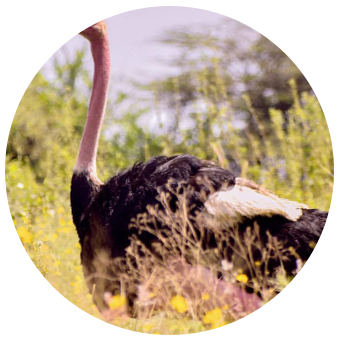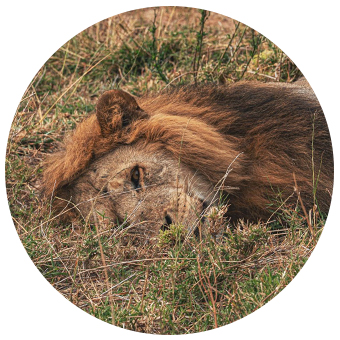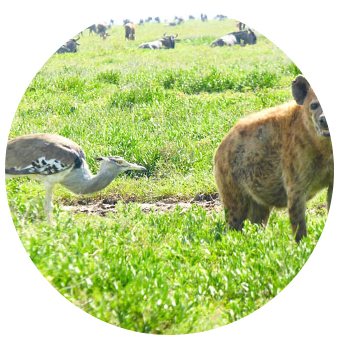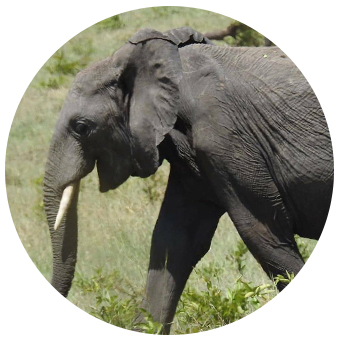Mikumi National Park
Established in 1964 Mikumi national park is another notable national park of Southern Circuit of Tanzania. The closest city to the national park is Dar es Salaam. You can reach to Mikumi from Dar es Salaam directly through Morogoro. It will take you almost 4 hours of drive. You can also reach the place from Arusha or Selous.
The national park is adjacent to the Selous Game reserve in the south hence both the reserved places share the same eco-system. The vegetation of the Mikumi National Park is dominated mostly by grassy plains covered with baobab and black hardwood trees. Covering 3,230 km² it is the 4th largest national park in the country. Due to its vegetation and size, the national park mostly gets compared with Serengeti plains.






